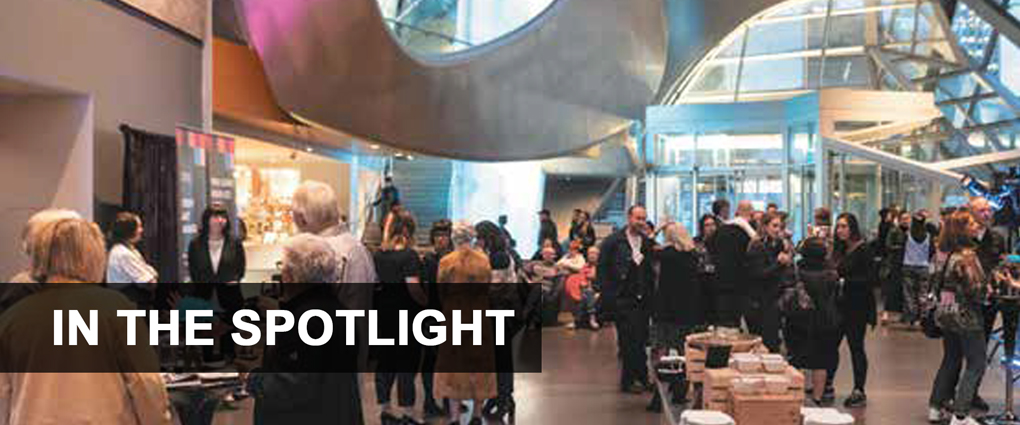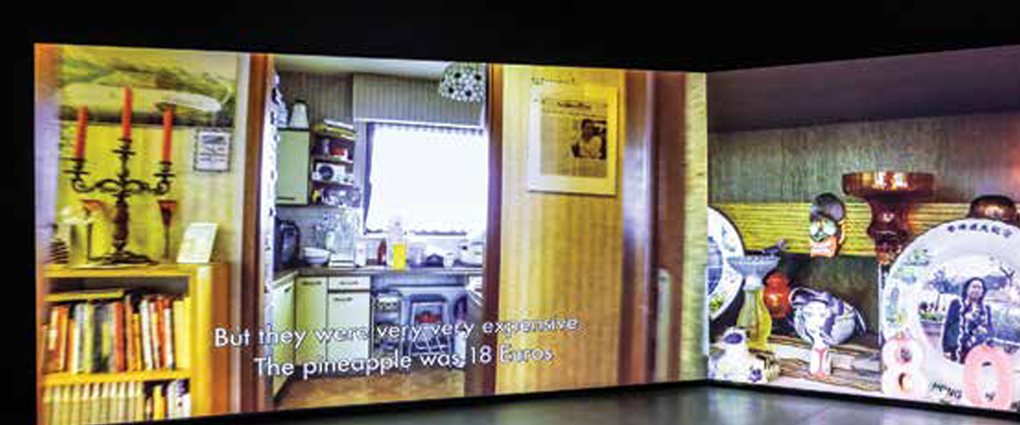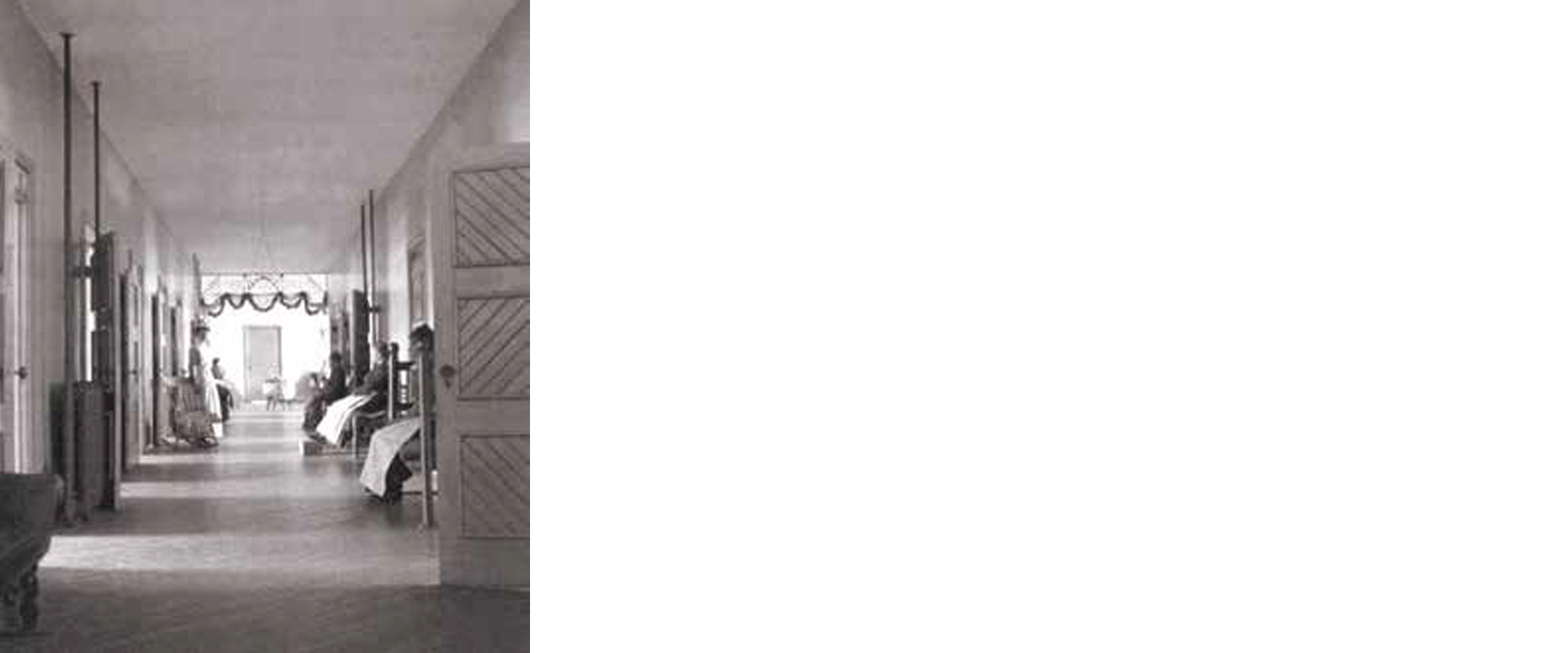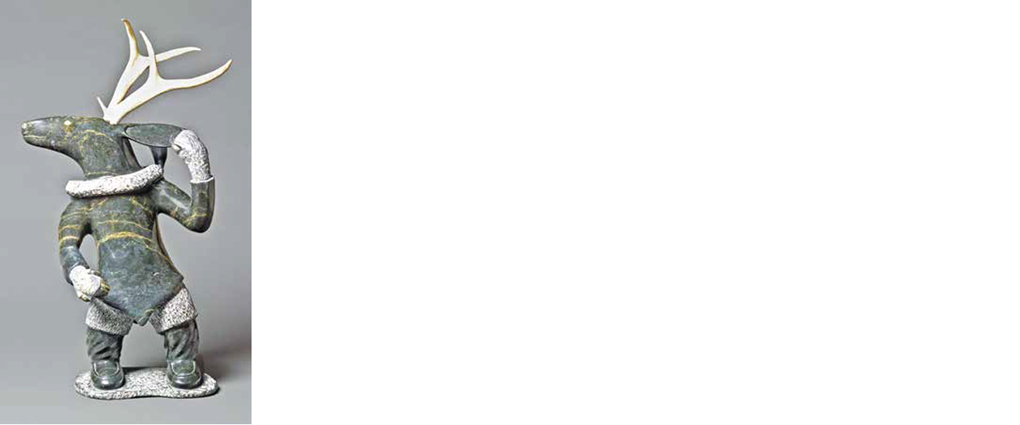

Detail of bones of T171, a transient orca with spondylosis / a deformity of its lumbar vertebrae, from the Prince Rupert area of northern BC. Photo — Royal BC Museum
Royal B.C. Museum $1.6M exhibit to dive deep into orca crisis
Three life-sized replica orcas will be part of a $1.6-million exhibit scheduled to open in mid-2020 at the Royal B.C. Museum. The replicas will be modelled on three local orcas from J-pod — J1 Ruffles, a nine-metre long male; J16 Slick, a seven-metre female; and J50 Scarlet, a 3.5-metre juvenile. The museum’s exhibition Orcas: Our Shared Future is expected to run at the museum between mid-May of 2020 and the end of next year, before touring North America and Europe for the following five years. To bring different lenses to the orca story, the content will be displayed in a variety of ways, including seven hands-on interactive units, 11 videos, text, images, artifacts, fossils and Indigenous art. There is also the massive immersive space in which the replica orcas will be placed, designed to give visitors the feeling of being in the orcas’ world, while presenting Indigenous knowledge and understanding, scientific study of the animals and a call to action as orcas struggle to survive. A video toward the end of the exhibit will show orcas in their natural state, interacting with each other. The hope is that audiences will leave inspired to take action, instead of feeling like there’s nothing they can do. www.royalbcmuseum.bc.ca
Archaeology uncovers proof of nine-nation 1285 peace treaty
Last summer, the City of Winnipeg performed archeological digs at the Forks, Nistawayak in Cree, a gathering place in central Winnipeg at the junction of the Red and Assiniboine rivers. They uncovered millions of items left behind by the thousands of people who lived, worked, and traded there over the course of 6,000 years. Manitoba Museum curator of archaeology Kevin Brownlee helped create a display at the Museum with items found. Fish and animal bones, pottery shards, and arrowheads tell part of their story, however the people who inhabited Nistawayak left evidence of political, cultural, and social legacies too. In 1988, archeologist Sid Kroeker was approached by two elders who wanted to share a story with him, passed down through their families, about the lands he was working on. They recounted how over 700 years ago, about 10,000 people from nine Indigenous nations met at Nistawayak to negotiate the 1285 Peace Treaty. Forging peace throughout territories now known as Ontario, Manitoba, North Dakota, South Dakota, Minnesota, Michigan, and Wisconsin, Kroeker couldn’t find evidence on this treaty in the archives, but items found at this dig site support the oral history.

Photo — Courtesy of Art Gallery of Alberta
Sobey Award finalists hosted at the Art Gallery of Alberta, 2019 winner announced
Congratulations to Stephanie Comilang, 2019 Sobey Art Award Winner! This year, the 2019 Sobey Art Award exhibition, organized by the National Gallery of Canada (NGC), was hosted by the Art Gallery of Alberta (AGA) in Edmonton, AB. Catherine Crowston, AGA Executive Director and Chief Curator, had this to say about the partnership: “Since the NGC took over the admin-istration of the Sobey Art Awards in 2016, the Sobey exhibition has been presented at the NGC in even years and at another Canadian venue in odd years. The AGA Planning began in 2016 and the partnership with the NGC, the Sobey Foundation and the AGA was fantastic. The Sobey Foundation does not participate in the jury process, artists selection or the exhibition development, they are confident in allowing the museum professionals to oversee and undertake this. Their concern is to ensure that the artists are at the forefront, recognized and celebrated. The NGC administers the jury, financial matters, overall administration as well as hosting the award ceremony. The AGA curated the exhibition and liaised with the short-listed/exhibiting artists. Our curator, Lindsey Sharman led this aspect, curating and producing the exhibition. The process also involved coordinating with the NGC and Sobey on communications, award ceremony hosting, etc.” Established in 2002, the Sobey Art Award aims to promote new developments in contemporary Canadian art and provide opportunities for artists, bringing them national and international attention. www.gallery.ca www.youraga.ca

MNBAQ’s digital strategy coordinator, Marie-Hélène Raymond at the Metropolitan Museum of Art. Photo — Alexis Rodrigue
Coordinating clothing with artworks
An art-loving employee at the Musée National des Beaux-arts du Québec (MNBAQ) has set herself an unusual challenge: to wear clothes whose colours and designs match specific works of art. Marie-Hélène Raymond, who serves as the MNBAQ’s digital strategy coordinator, tries to take one photo per month, which she then posts on her Instagram account (@mhraymond). Raymond was inspired by Michelle Satterlee, who has been publishing photos of herself on Instagram wearing outfits coordinated with artworks for a number of years. In one recent photo, Raymond wears a white dress with a soup-can motif that resembles Andy Warhol’s iconic painting Tomato from Campbell’s Soup I (1968) and Souper Dress (1966-67), which are on display at the Metropolitan Museum of Art in New York. She says part of the fun in taking this kind of photo is putting a new spin on works of art and learning more about them. Each time she plans to take a picture, she does research on the chosen piece and makes sure it is actually on display. “It’s not just about the photo. It’s the whole experience,” she remarks. Posting the photos on her Instagram account represents another way to promote art and make it more accessible. She’s not sure what her next picture will be, but the fact that the MNBAQ will host a Frida Kahlo exhibition in the winter of 2020 has provided her with something to consider. Frida Kahlo, Diego Rivera et le modernisme mexicain (“Frida Kahlo, Diego Rivera, and Mexican Modernism”) will run at the MNBAQ from February 13 to May 18, 2020. www.mnbaq.org

Photo of a hospital ward corridor, early 1900s. Photo — Public Archives and Records Office, PEI
Book chronicling mental health care in P.E.I. first detailed history of its kind in the province
Beyond the Asylum: The evolution of Mental Health Care in Prince Edward Island 1846-2017, written by Dr. Tina Pranger, a former mental health occupational therapist, and published in December by the P.E.I. Museum and Heritage Foundation, offers the first comprehensive written history on the subject. Veteran museum professional and Executive Director of the P.E.I. Museum and Heritage Foundation David Keenlyside had this to say about his institution’s involvement in the book’s publication: “This was a unique opportunity. We were approached in the spring by Health PEI, who had engaged Dr. Pranger to do this work and felt that there was a relationship that could be explored with the museum. The subject of mental illness is one that is currently top of mind in the national discourse, and this book looks at the evolution of our understanding and treatment of mental illness and addictions how it’s been serviced over the past 170 years in Prince Edward Island. Having that knowledge of where we’ve been is critically important to know where we should be heading. Mental health is now seen as something that effects most families across the country and here in Prince Edward Island.” The book also includes archival photos that introduce the reader to different buildings, equipment and prominent people in the evolution of mental health care. www.peimuseum.ca

Iola Abraham Ikkidluak (Canadian (Kimmirut), 1936–2003). Caribou Shaman, 1992, stone, antler, 61 x 31.5 x 16cm. Collection of the Winnipeg Art Gallery. Gift of Dr. Harry Winrob, 2006-534.1 to 3. Photo — Ernest Mayer, courtesy of the Winnipeg Art Gallery
Winnipeg Art Gallery’s new Inuit Art Centre to open this summer
The new 40,000-square-foot Inuit Art Centre, which will be connected to the Winnipeg Art Gallery’s existing space, will be the largest single exhibition space in the world dedicated to Inuit art. Over 7,500 prints, drawings, ceramics, textiles and dolls will be displayed when the centre opens. The space will feature integrations of pre-commercialization, modern, and contemporary works, and will also help to facilitate temporary or special exhibits. The Centre’s inaugural exhibit, INUA, will be guest-curated by four Inuit curators, each from a different region of the Canadian Arctic — a first for any exhibit, according to the WAG. Northern artists are increasingly experimenting with film, writing, sound, photography, performance and a variety of mediums to reveal how life in the North has changed. The Inuit Art Centre is expected to open to the public in the late fall of 2020. inuit.wag.ca
Collections care report highlights risks and realities in Canadian museums
Data from a survey about the state of collections care in Canadian heritage institutions undertaken in the summer of 2018 has been released in an informative report by the Canadian Association for the Conservation of Cultural Property and the Canadian Association of Professional Conservators. Nearly 400 cultural institutions responded, identifying the ways in which they use, store, and care for their collections. What emerges is a picture of Canadian collections at risk, threatened by lack of space, physical damage due to improper housing, the absence of automated fire suppression systems, insufficient security and alarms, and an inability to afford the services of professional conservators. Other deficiencies identified were accessioning/ deaccessioning policies (with only 24% of respondents stating they have policies and staff are trained to carry them out), budgeting (73% of respondents spent less than 5% of their operating budget on collections care), and lack of facilities — particularly for Indigenous collections, with two-thirds of Indigenous institutions responding that their collection has more than doubled in size in the past 20 years. The authors of the report endorse the use of their survey data for advocacy, fundraising, and programming purposes; the full report can be found on the Canadian Association of Professional Conservators’ website at capc-acrp.ca.
Illusuak, a Nunatsiavut cultural centre, finally opens in Nain, Labrador
For Labrador Inuit, about Labrador Inuit, by Labrador Inuit is the concept that drove the development of the Illusuak Cultural Centre in Nain, Labrador. The centre will house and display artefacts related to the Labrador Inuit, in one of their communities. Delays in the programming process, as well as fire suppression service issues in the building, delayed the planned 2014 opening of the Centre, which had started development in 2010. The Nunatsiavut Government hosted many contributors, including designers, writers, and architects during the planning and programming phases of the centre including trips out onto the land, hunting and fishing. Designed by Newfoundland-born, Norway-based Todd Saunders of Saunders Architecture with Stantec, the centre’s development was funded by the Nunatsiavut government, the government of Canada and the Tasiujatsoak Trust. Blue Rhino Design was contracted for exhibit design with the Ontario Science Centre as the exhibit fabricator. Illusuak was also the subject of feature in the September/October 2019 issue of Muse, where Kimberly Moynahan, a freelance writer, wrote about her experience in working with the Labrador Inuit community on this project.